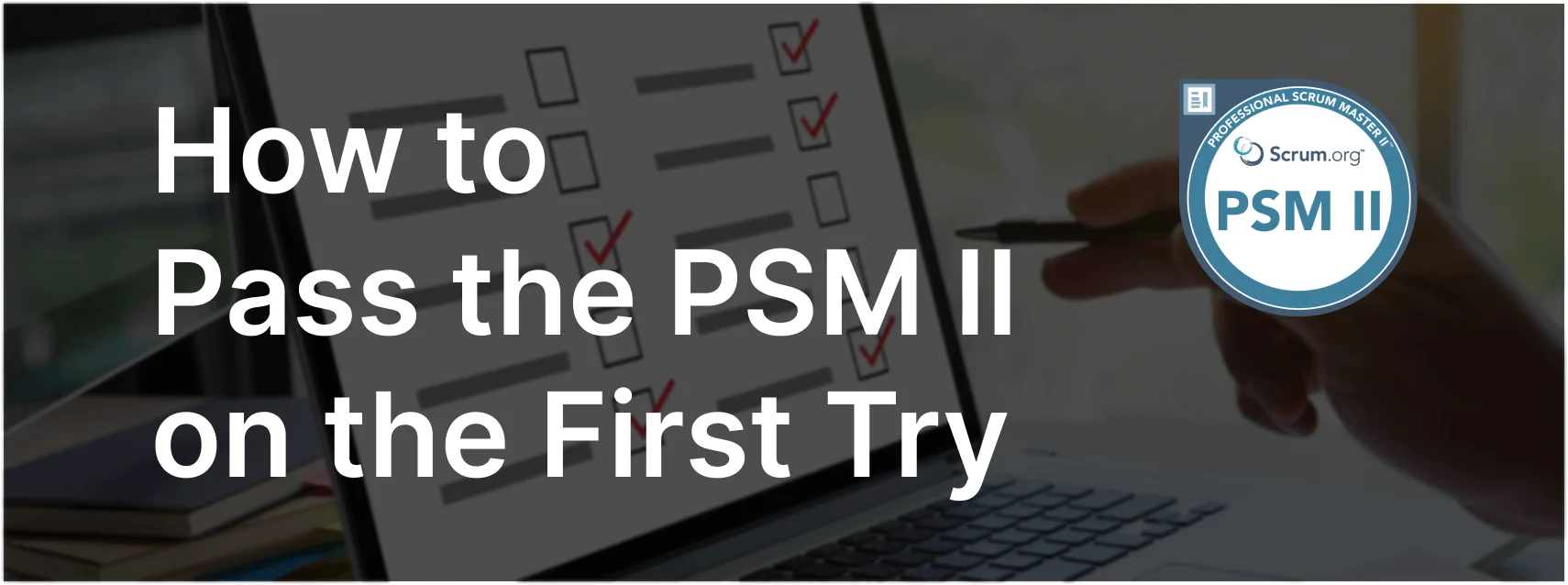Addressing Stakeholder Disappointment in Scrum
Effective communication and transparency are crucial in Scrum to ensure that stakeholders’ expectations are met. This article explores a specific exam question about factors that might lead to stakeholder disappointment and frustration during a Sprint Review, providing detailed explanations and insights relevant to the PSM II exam.
Exam Question
At the seventh Sprint Review, the stakeholders seem disappointed and angry. When asked about it, they say the product being built will not meet their needs and will cost more than they anticipated spending. What factors may have led to this? (choose the best three answers)
- A. The Product Owner has not been interacting frequently with the stakeholders and kept them aware of the progress of the project.
- B. The stakeholders haven’t been using the Sprint Reviews to actively engage, and inspect and evaluate progress.
- C. Changes to the project plan were not adequately documented and shared. The change request procedure was not diligently followed.
- D. The stakeholders were not allowed to enter the development area, or be present at the Daily Scrum.
- E. The Scrum Master has not ensured transparency.
- F. The Project Management Office (PMO) and its project managers have not been engaged adequately causing the project plan to become inaccurate.
Correct Answers
A. The Product Owner has not been interacting frequently with the stakeholders and kept them aware of the progress of the project.
B. The stakeholders haven’t been using the Sprint Reviews to actively engage, and inspect and evaluate progress.
E. The Scrum Master has not ensured transparency.
Explanation
Correct Answers
A. The Product Owner has not been interacting frequently with the stakeholders and kept them aware of the progress of the project: The Product Owner is responsible for maximizing the value of the product and ensuring that stakeholders are continuously updated on the progress and any changes. Frequent interaction with stakeholders is crucial to align the product development with their expectations and needs.
B. The stakeholders haven’t been using the Sprint Reviews to actively engage, and inspect and evaluate progress: Sprint Reviews are designed for stakeholders to inspect the progress and provide feedback. If stakeholders do not actively participate in these reviews, they miss opportunities to give input, leading to misalignment and unmet expectations.
E. The Scrum Master has not ensured transparency: The Scrum Master is responsible for ensuring that the Scrum Team and the organization understand the importance of transparency. Lack of transparency can lead to stakeholders being unaware of the real progress, issues, and potential risks, which can result in surprises and dissatisfaction later.
Incorrect Answers
C. Changes to the project plan were not adequately documented and shared. The change request procedure was not diligently followed: While documenting changes and following change request procedures are important in traditional project management, Scrum relies more on continuous inspection and adaptation rather than rigid documentation.
D. The stakeholders were not allowed to enter the development area, or be present at the Daily Scrum: While stakeholders can be involved in the Sprint Reviews, it is not typical for them to attend the Daily Scrums or be in the development area. Daily Scrums are internal to the team and focused on planning and progress.
F. The Project Management Office (PMO) and its project managers have not been engaged adequately causing the project plan to become inaccurate: In Scrum, the focus is on the Product Backlog and the Sprint Backlog rather than a traditional project plan managed by a PMO. Engagement with the PMO is not typically a factor in Scrum’s success or failure.
Responsibilities in Scrum
- Product Owner: The Product Owner is responsible for communicating with stakeholders and ensuring their needs and feedback are reflected in the Product Backlog. They need to keep stakeholders informed about progress and any changes.
- Scrum Master: The Scrum Master ensures that the Scrum process is followed and that there is transparency within the team and with stakeholders. They facilitate communication and help resolve any impediments to transparency.
- Developers: Developers work on delivering potentially releasable increments and collaborate with the Product Owner to ensure that the work aligns with stakeholder expectations.
Relevance to the PSM II Exam
Understanding the importance of stakeholder engagement and transparency in Scrum is crucial for the PSM II exam. It demonstrates advanced knowledge of Scrum principles and the importance of effective communication and collaboration. Mastering this concept ensures that Scrum Masters can guide their teams in maintaining strong relationships with stakeholders and delivering valuable products.
Key Takeaways
- Regular interaction between the Product Owner and stakeholders is essential for aligning the product with stakeholder needs.
- Active participation of stakeholders in Sprint Reviews is crucial for continuous feedback and alignment.
- Ensuring transparency within the Scrum Team and with stakeholders is a fundamental responsibility of the Scrum Master.
Conclusion
Addressing stakeholder disappointment requires effective communication, active engagement in Scrum events, and maintaining transparency throughout the project. By understanding these factors, Scrum Teams can better align their work with stakeholder expectations and deliver valuable products. This understanding is essential for effective Scrum implementation and success in the PSM II exam. For comprehensive preparation and practice exams, check out PSM II Exam Prep to enhance your understanding and application of Scrum principles.



